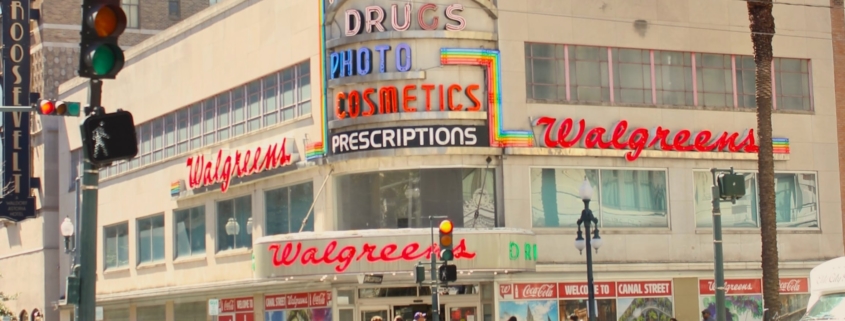Walgreen’s Bets Success On Segmentation
Walgreen’s’ CFO told The Wall Street Journal that the pharmacy’s almost two-year focus on Covid-19 was at the expense of its established customer base. While selling hand sanitizer rubbing alcohol, masks and dispensing vaccinations, Walgreen’s lost relevance with its core customers’ other needs. Walgreens’ is clearly unhappy about this situation. Now that the urgency of coronavirus has abated, Walgreen’s is planning a marketing surge to regain its lost customers and convert vaccination-only people into “permanent” customers.
What is Walgreen’s first step? Needs-based, occasion-driven market segmentation. Using its customer data base, Walgreen’s is analyzing the who, why, how, when and where of customers’ behaviors and needs. Walgreens’ CEO said that the pharmacy intends to group customers into segment “communities” based on needs, preferences and how, where, when they shop.
This is a smart move.
Needs-driven, occasion-based segmentation is a for effective marketing. Market segmentation is especially essential when trying to restore brand relevance. Identifying markets and market potential is the underlying premise of market segmentation. Segmentation recognizes that the marketplace is diverse. It recognizes that not everyone is the same; will want the same things; will use products and services in the same context.
Segmentation creates a customer-driven map of the category divided into 1) what the needs are, 2) who has the needs, and 3) in what occasions people have these needs. Knowing the audience, knowing the needs and knowing the occasions are all important. The challenge is to integrate this three-dimensional view of the market into brand- focused market segmentation which is exactly what Walgreen’s plans to do.
Industry classification, price classification and product classification do not reflect customer needs. For example, the automotive industry is adept at segmenting the industry with language that customers never use—mid- size luxury, near-luxury, entry level – but no customer comes in to a dealership with these constructs in mind. The customer has a need. The customer wants a vehicle that can carry a group of kids or is appropriate for a night out with a significant other. Or the customer wants a sporty performance vehicle that is great for winding, country roads. Or the customer wants an off-road vehicle for winter weather.
The hotel industry continues to use language such as entry level, mid-scale, upper mid-scale, limited service, full service, luxury. Would you say to your significant other, “I made a reservation for us at a mid-scale hotel for Valentine’s Day.”? Segmentation must reflect segments that are meaningful to customers not the industry.
Market segmentation is an important guide for product innovation and renovation. Products and services must address customer problems, satisfy customer needs or anticipate customer needs. Market segmentation provides specific directions (not the answers) for developing relevant, differentiated creative solutions. Walgreen’s will be using these types of insights to create digital ways to regain and convert customers.
For example, according to Walgreen’s, some groups of Walgreen’s customers could be called “efficiency enthusiasts.” These customers “… are often digitally connected.” They wish to have their shopping over and done with as efficiently yet effectively as possible. “Efficiency enthusiasts” would be those best addressed with promotions offering local store pick-up of online orders.
On the other hand, some groups of customers could be viewed as “support seekers.” These customers probably desire more in-store pharmacy support. “Support seekers” would receive promotions dealing with in-store services.
Regardless of “community,” Walgreen’s will use its segmentation to fit in with a customer’s “everyday living.”
Using needs-based, occasion-driven market segmentation as a first step is the right thing to do. And, as Walgreen’s is demonstrating, market segmentation is more than math. It is also craft. Walgreen’s is using its information to generate a more creative, yet potentially powerful customer understanding based on actual customer needs and occasions.
In order to find competitive advantage in this fast-paced changing world, it is imperative that Walgreen’s – and all brands – have the clearest understanding of their consumers from all angles – what they buy, who they are, why they buy, how, when and where they use.



